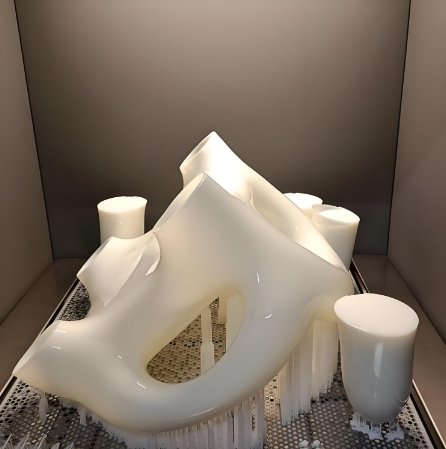
Rapid Prototyping is transforming industries. It creates physical models of designs quickly. This helps test ideas and refine them. An Injection Mould Company plays a key role in this process. They bring expertise and technology to support innovation. Let’s explore the basics of Rapid Prototyping.
What is Rapid Prototyping?
Definition
Rapid Prototyping is the quick creation of models. It uses technologies like 3D printing or CNC machining. These models represent a product design.
Purpose
The main goal is testing and refining. It helps identify problems early. Designers can make changes before mass production.
How Rapid Prototyping Works
Step 1: Create a Design
It starts with a digital design. Designers use CAD software to develop a model.
Step 2: Build the Prototype
The design is sent to prototyping machines. These machines create the physical model layer by layer.
Step 3: Test and Refine
Once the prototype is ready, testing begins. Feedback is collected, and improvements are made.
Benefits of Rapid Prototyping
Faster Design Cycles
Prototypes are created quickly. This speeds up the design process.
Cost-Effective Testing
Mistakes are identified early. Fixing them in the prototype stage saves money.
Better Communication
Prototypes make ideas tangible. Teams and clients understand designs better.
Encourages Innovation
It allows testing of bold ideas. Designers can experiment without high risks.
Role of an Injection Mould Company
Expertise
An Injection Mould Company provides guidance. They help choose materials and refine designs.
Precision
These companies use advanced tools. This ensures prototypes match the original design.
Transition to Production
Once the prototype is final, production begins. The Injection Mould Company ensures a smooth transition.
Types of Rapid Prototyping
1. Additive Manufacturing
This includes 3D printing. Layers of material are added to create the model.
2. Subtractive Manufacturing
In this method, material is removed to shape the model. CNC machining is a common example.
3. Compressive Manufacturing
This involves molding or casting. It is ideal for complex shapes.
Applications of Rapid Prototyping
Consumer Products
Companies use it to design gadgets and appliances.
Automotive Industry
Car parts are prototyped to test functionality and fit.
Healthcare
Medical devices are prototyped for safety and usability.
Education
Schools use it to teach design and engineering concepts.
Challenges in Rapid Prototyping
Material Limitations
Not all materials can be used in prototyping.
High Initial Costs
Some technologies are expensive.
Accuracy Issues
Prototypes may differ slightly from the final product.
Tips for Effective Rapid Prototyping
Collaborate with Experts
Work with an Injection Mould Company. Their expertise enhances results.
Use Feedback
Gather input from testing. Use it to refine your design.
Choose the Right Technology
Select a method that fits your project needs.
Test Multiple Versions
Create and compare different prototypes.
Why Choose an Injection Mould Company?
Experience
They understand design challenges. Their experience ensures quality results.
Resources
They have access to advanced tools and materials.
Efficiency
They streamline the process from prototyping to production.
Real-Life Examples
Tech Startups
Startups use Rapid Prototyping to attract investors. It showcases their product concepts.
Medical Innovations
Medical companies prototype surgical tools. This ensures usability and safety.
Automotive Design
Car manufacturers test parts with prototypes. It improves performance and durability.
Future of Rapid Prototyping
Advanced Materials
New materials will expand possibilities.
Faster Machines
Speed improvements will reduce production time.
Broader Applications
More industries will adopt Rapid Prototyping.
Rapid Prototyping is essential in modern design. It accelerates innovation and reduces risks. An Injection Mould Company ensures accuracy and efficiency. Understanding the basics helps maximize its benefits. Use Rapid Prototyping to bring your ideas to life.
